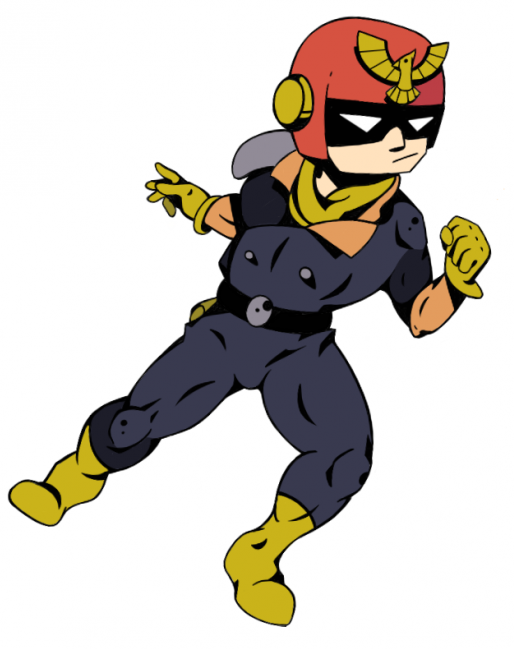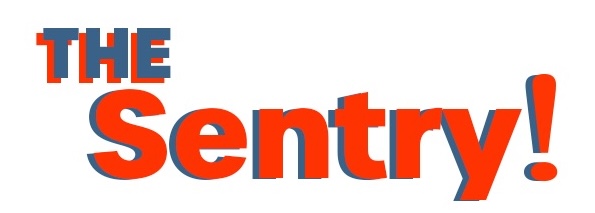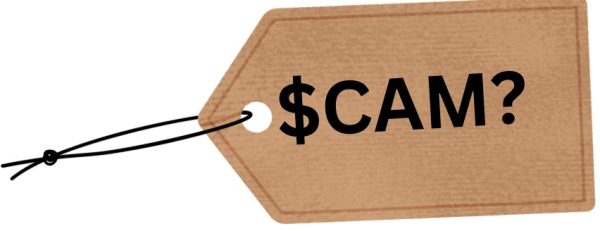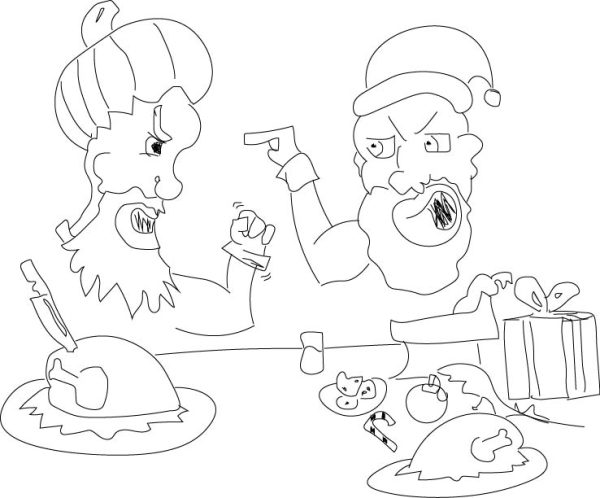OPINION: The Super Smash Brothers revolution

There is a serious issue hiding in the underground culture of our school that must be addressed in order to preserve our integrity. As we all know, video games and video game usage have been on the rise in recent years, which correlates conveniently with the rise of violence in the United States. Clearly, this correlation is not a coincidence, unlike the rise of the population during the same time frame. Some video games do not directly insight violence, and others are even a little educational.
However, the type of game that has taken hold of a number of students at Prep is more devious: the “fighting” game. The Sentry’s own Grandpa Sel put it plainly when he said, “You know what’s wrong with [the Youth] these days? Everyone is obsessed with death.” I am here to suggest that this obsession with death is closely associated with video games.
The Super Smash Brothers series by Nintendo has been perverting the minds of millions since it was first released on the Nintendo 64 back in 1999. It started off somewhat innocent, featuring low-resolution models of household Nintendo names like “Mario” and “Donkey Kong.” However, in subsequent versions of the game, more violent characters were introduced. For example, in Super Smash Brothers Brawl (2008), the violent character “Solid Snake” from the Metal Gear series was added to the roster, and with him came missiles, grenades, and a choke-hold move. Predictably, cases of small children choking out other small children spiked in the US immediately after.
More recently, the first character with an actual gun (not a lazar or peanut gun) was added to Super Smash Brothers Ultimate (2018), this past April. “Joker” from the Persona series inflicts damage by poking with an enormous knife and shooting actual bullets out of an actual gun. Other violent characters introduced include Bayonetta from Bayonetta in Super Smash Bros. Melee (2001) and Pichu from Pokemon in Super Smash Bros. for Nintendo 3DS and Wii U (2014). The developers of Smash have also added innocent characters such as “Pac Man” in 2014 and “Banjo and Kazooie” earlier in 2019 to try to make it seem as though the game is kid-friendly. They aren’t fooling us.
It is this very fighting game that has found its place in the student body of the Jackson Prep Senior High. Groups of two or more students gather around a Nintendo Switch at various locations around campus to duke it out each day. Senior Lance Carpenter had this to say on the subject: “I have associated with people I never thought I would get to know through this brutal tradition of beating the ever-loving snot out of people.” According to Lance, a benefit of this subculture is that it creates new friendships. Sure, and certainly gladiators about to be torn to pieces by each other or wild beasts would have been able to find a degree of comradery in their gruesome sport.
Besides this, some of the other quotes I received from Lance would, to most writers, immediately make him suspect of complete irrationality. I’ve known Lance for over a year now, and I think his hobby of playing Smash has degraded his mind. A wonderful student with world-changing potential has been ground to dust under the millstone of Nintendo. It is common to hear people playing this game exclaim senseless jargon such as “Bowser side B is the most I’ve made anyone laugh in my whole life, playing it makes MEEEEEEEEEEEEEEEEMMMMMMEEEEEEEEEEEEEEESSSSSS” (Lance again) and “Stop SpAmMiNg” (Kalyn Giesecke, 11th). Clearly, the mental capacity of students is severely hindered by the madness of Smash. I fear that if this subculture pseudo-club is allowed to survive at our school, it could do more than corrode minds. It could lead to fist fights, strikes, and anarchy.
Violent video games are on the rise in the United States and so is physical violence. As always, there’s something we all can do: we can exclude ourselves from participating in and therefore condoning them. We can’t take back the damage that has been done, but like Princess Peach and Daisy’s final smash, we can eat giant peaches or daisies to heal up. I submit that those proverbial peaches and daisies are abstinence and extermination. We must abstain from participating in the modern gladiatorial ring; we must call out and accuse the true source of violence in our society at large and our own school at small: video games.






